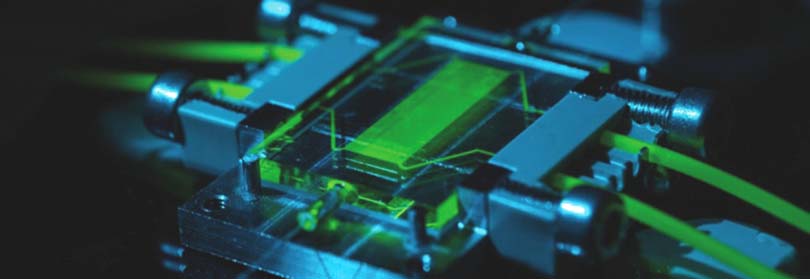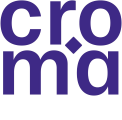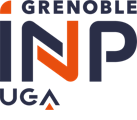PhD Defense of Habib MOHAMAD
Published on September 29, 2020
A+Augmenter la taille du texteA-Réduire la taille du texteImprimer le documentEnvoyer cette page par mail
PhD Defense
October 16, 2020
Defense of doctoral thesis of Habib MOHAMAD for the University Grenoble Alpes, speciality " OPTICS & RADIOFREQUENCIES ", entitled:
The PhD Defense will be on
zoom
Development of the differential method associated with the Fast Fourier Factorization for the modelization of photonic device: from complex optical diffraction grating to guided integrated optic structure
A+Augmenter la taille du texteA-Réduire la taille du texteImprimer le documentEnvoyer cette page par mail
Partenaires
Thesis prepared at the laboratoiry : UMR 5130 - IMEP-LaHC (Institut de Microélectronique, Electromagnétisme et Photonique - Laboratoire d'Hyperfréquences et de Caractérisation) supervised by MORAND Alain, supervisor and Pierre BENECH Cosupervisor.
Date of update November 19, 2020
Our sites
eServices
 Connexion
Connexion Connexion
Connexion






